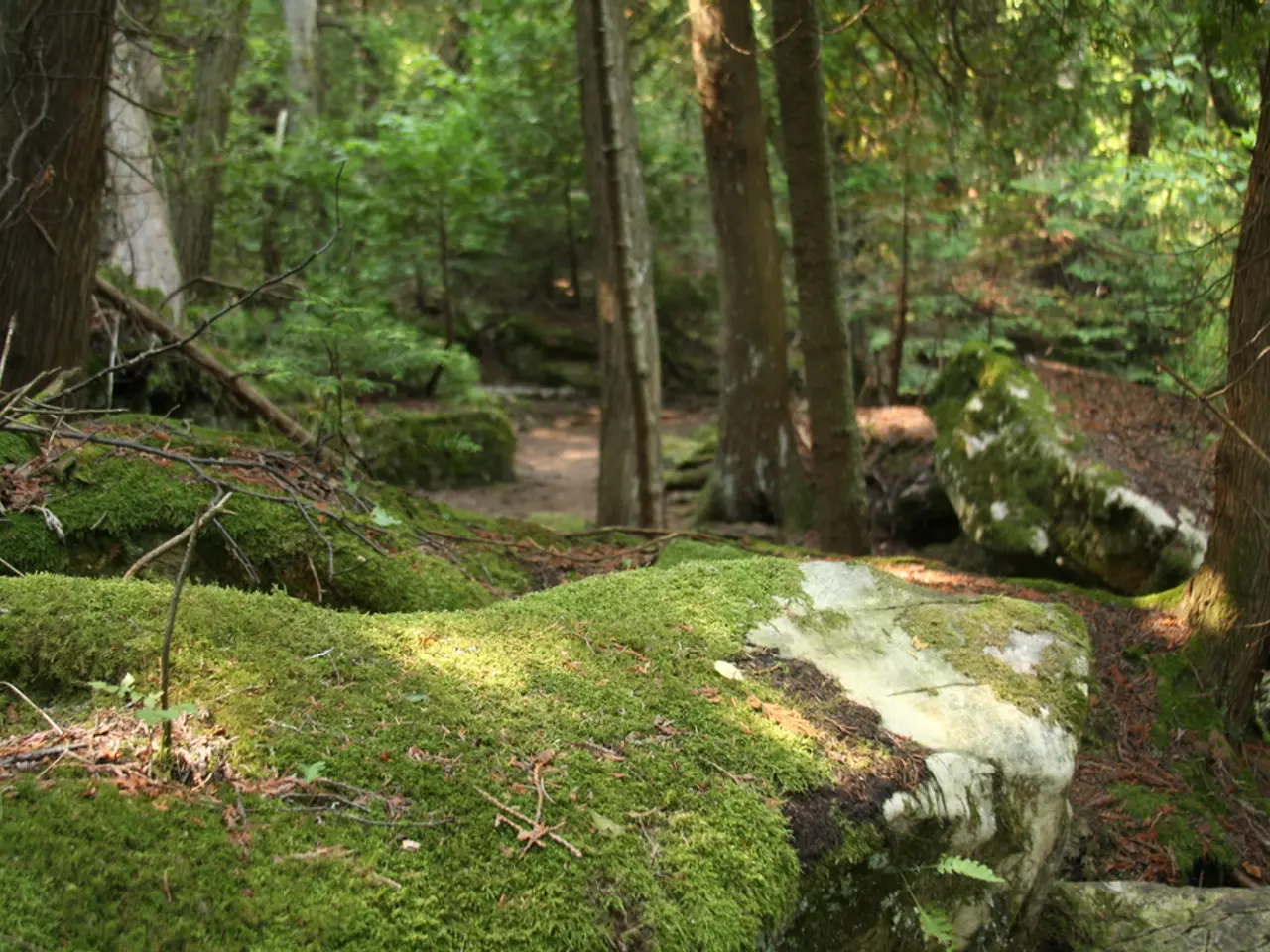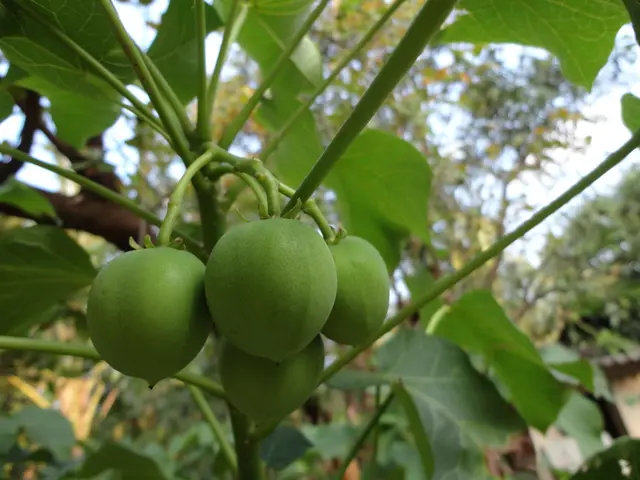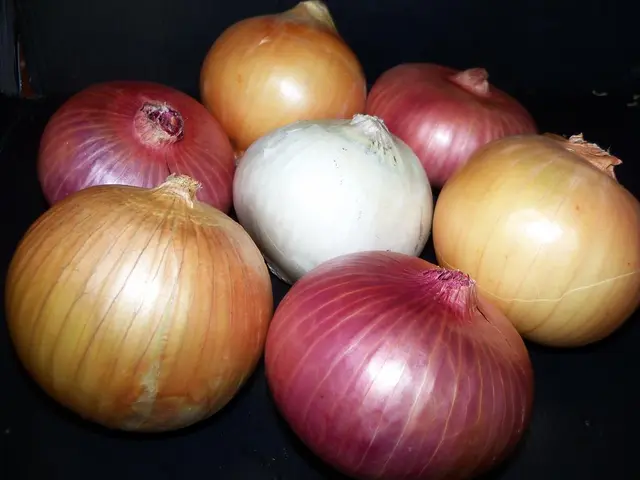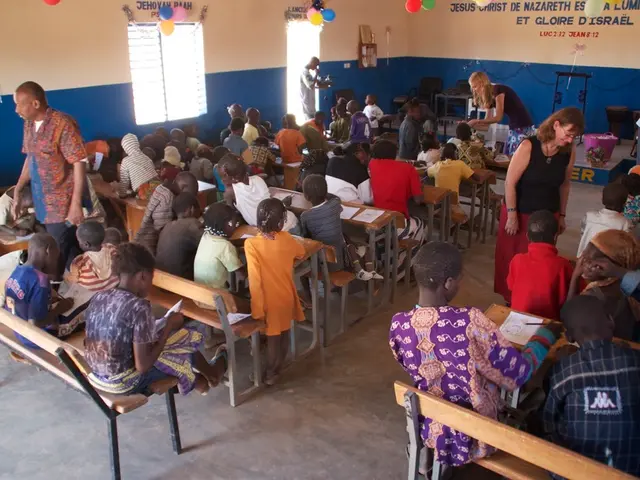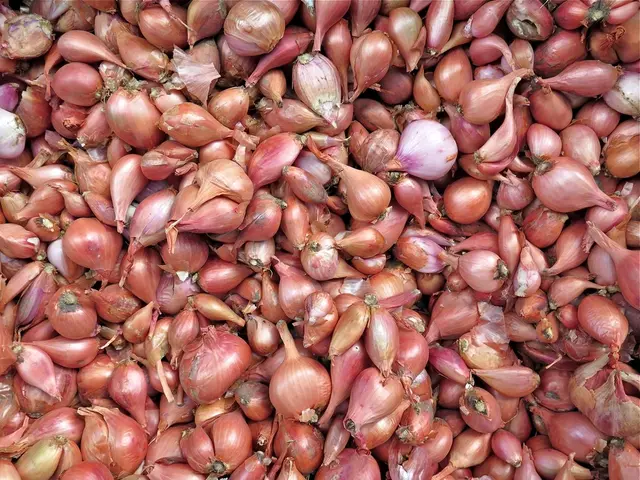Terrarium Base Mixture - A Traditional Substrate Composition with Recipe Included
The Atlanta Botanical Gardens' ABG mix, a renowned substrate for terrariums and vivariums, is designed to mimic the native tropical soil layer of the rainforest environment. Originally developed by the Atlanta Botanical Gardens, this mix has become a favourite among plant enthusiasts due to its excellent drainage, great water retention, nutrient retention, resistance to compaction, and long-lasting quality.
To achieve the ideal consistency when making the mix at home, it's important to get the right kinds of ingredients. The original ABG mix recipe includes Sphagnum Moss, Tree Fern Fiber, Orchid Bark, Peat Moss, and Charcoal. However, some ingredients may be difficult to source sustainably or affordably, or may raise concerns about their environmental impact.
Peat moss, for instance, is a non-renewable product, and it's getting less use over time. Coconut coir can be a good substitute for peat moss, offering excellent water retention properties without decomposing. Sphagnum Moss is beneficial for retaining moisture, boosting humidity, and creating an acid environment. Milled New Zealand Long Fiber Sphagnum Moss can be replaced with regular sphagnum moss or coconut coir (coco fiber).
Orchid bark is ideal when it's at the smallest possible particle size. Orchiata Orchid Bark can be substituted with pine bark, fir bark, or other orchid bark substitutes. Tree fern fiber is sourced from tree fern species and is used for aerating the substrate and providing drainage. Pumice or lava rock can be used as substitutes for tree fern fiber, offering aeration and improved drainage in the substrate.
Horticultural charcoal and activated charcoal are the best options for filtration in terrariums. While horticultural charcoal is more readily available, activated charcoal is the most porous and functional, providing excellent filtration. It's also widely used for maintaining soil structure and filtration.
It's worth noting that peat moss is a controversial substrate element in the ABG mix, often confused with sphagnum moss. To make a more sustainable choice, consider using alternatives like coconut coir or leaf mold for peat moss.
In conclusion, the ABG mix is a versatile substrate that can be tailored to suit various needs and preferences. By understanding the key components of the mix and their substitutes, you can create a healthy environment for tropical plants and terrarium ecosystems. Whether you choose to stick to the original recipe or experiment with alternatives, the ABG mix remains a popular choice for those seeking to replicate the rainforest environment in their terrariums and vivariums.
[1] Source: Gardening Know How [2] Source: HGTV [3] Source: The Spruce [4] Source: The Sill
- To create a more sustainable version of the ABG mix, consider replacing peat moss with alternatives like coconut coir or leaf mold, reducing the environmental impact of your terrarium or vivarium.
- For those interested in fashion-and-beauty and home-and-garden aesthetics, the ABG mix can be customized to match specific lifestyle preferences, introducing air plants, succulents, or orchids to complement contemporary interior designs.
